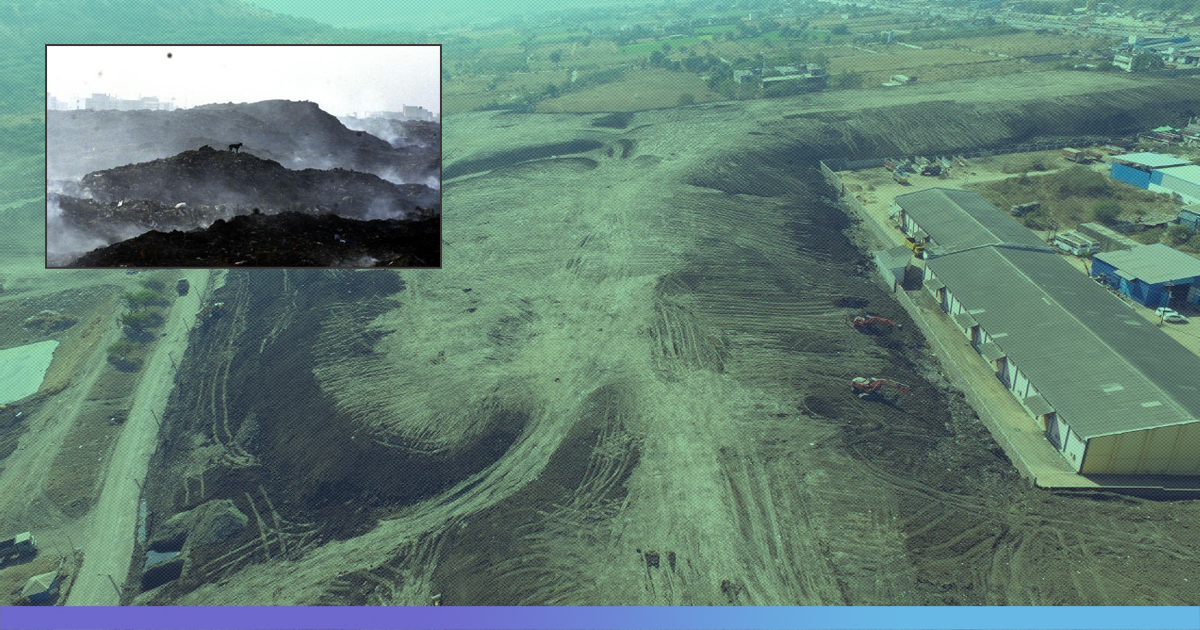Indore’s model of eradicating 15 lakh metric tonnes of waste at a cost of Rs 10 crore has been an inspiration for many states. Okhla, Ghazipur and Bhalswa have now been advised to inculcate the Indore model in flattening the landfills and constructing a biodiversity park in the area by the National Green Tribunal (NGT).
Indore’s untreated waste included plastic, metal, cloth, wood among other recyclable and combustible materials that would catch fire from time to time, polluting the air and turning into a health and environmental hazard. The 100-acre dumpsite in Devguradiya was home for 15 Lakh Metric Tons (MT) of legacy waste that accumulated over decades.
However, with the relentless efforts of the state and the authorities, Indore has been awarded the cleanest city in India for two consecutive years in Swachh Survekshan, a cleanliness survey of India’s cities.
Indore Municipal Corporation’s ‘Achieving Zero Legacy Waste’ is India’s first project of 100% treatment of Old Dumped Waste.
The 3D model for the project is on display at the @VibrantGujarat Global Summit 2019 in Ahmedabad. #SwachhBharat pic.twitter.com/eMaTyAflsf
— Swachh Bharat Urban (@SwachhBharatGov) January 17, 2019
In May 2018, Asheesh Singh, the Municipal Commissioner of Indore, noticed that the residential colonies around the landfill were facing the threats of pollution-related diseases due to the open dumpsite.
“I also thought that the huge land wasted due to unsegregated waste dumping needed to be reclaimed. Although the reclamation project had already begun in 2016, progress was slow as well as expensive” said Singh.
The 15 Lakh MT of waste recovered from the landfill was completely recycled. The recyclables obtained from the biomining process were sent for recycling, recyclable polythene was used for making roads. The soil recovered was used for refilling the ground. The construction and demolition (C&D) waste were recovered and sent to produce building materials.
With the help of 20 trommel machines and biomining and bioremediation techniques, Indore successfully managed to do away with the waste.
The process of cleaning 15 lakh metric tonnes of waste continued for three years. In the first year, only 1 lakh metric tonnes of waste could be processed with rented equipment and trommel machines. Two more machines were added later to manage the waste efficiently.
This initiative also motivated Ahmedabad to adopt the method and get rid of the waste in the city.
“The remaining 13 lakh metric tonnes of waste was tackled in the third year itself by taking more trommel machines on rent and involving a number of agencies that were willing to work at a pre-decided cost,” Dr Asad Warsi, an expert working on the Indore Model told The Times Of India.
“Three corporations in Delhi have been asked to take a minimum of two trommel machines each, targetting a total of 10 such machines in the first phase,” Warsi said.
To carry out the same process in Bhalswa, there is a need for nine machines. A total of 10 machines will have to be spread across three landfills. In case of any additional space, more machines will be required.
Also Read: India Urbanizes But Struggles To Tackle Waste Generation











